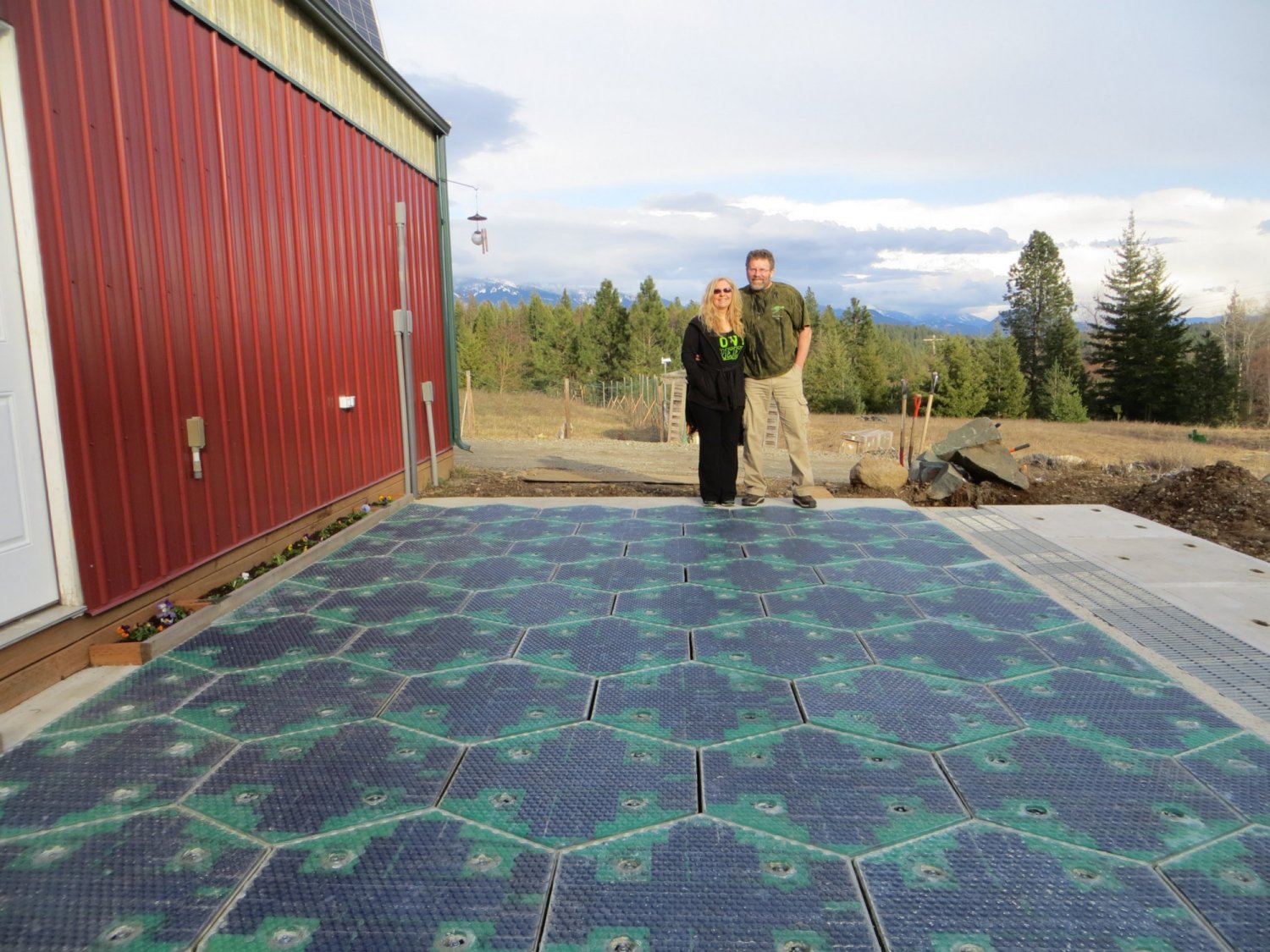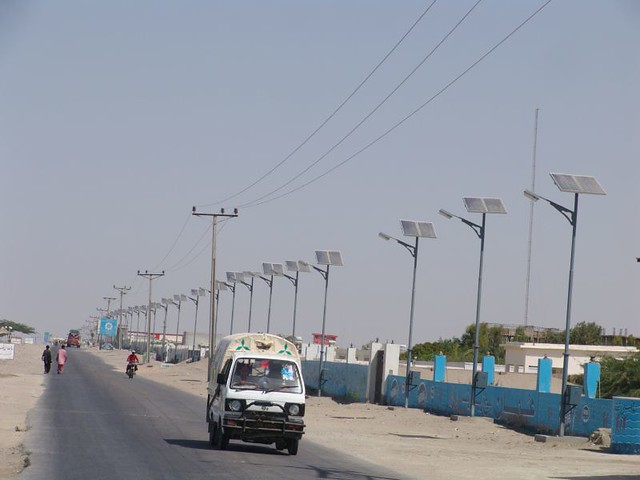Power-generating roads, which can transmit solar energy to central power grids, may appear in cities in the near future. As the sun’s energy is rapidly getting cheaper, solar panels are increasingly integrating into everyday materials. In this article, four existing solar powered roads are described. Electrically conductive elements are built into these roads, and the “solar” tile itself has an anti-slip surface based on crushed glass.
-
Idaho, USA
This Solar Roadways project has been represented several years ago. Its goal was to turn habitual asphalt roads into highways that produce energy. The developers used modified solar panels coated with tempered glass, which are built into the road surface. They paved an experimental section of such a road in 2016 in their hometown of Sandpoint (Idaho). You can take a look at it, when travelling with Jeep rental Pittsburgh PA.
The developers also had plans to create a “sunny” site in the Missouri part of the legendary Route 66, but this project was not implemented. However, the Sandpoint stretch of road is still properly functioning. Recently, developers reported on Facebook that they have proposals for cooperation in South Korea, the UAE, Australia and Austria.

-
Jinan, China
The “solar” Jinan highway consists of three layers. The top layer is represented by transparent concrete, which, in its construction properties, is similar to ordinary asphalt. The middle layer is solar panels that can withstand heavy weight. The bottom layer is designed to protect solar panels from wet soil. The road is strong enough to withstand the load of a medium-sized truck. Transparent panels cover an area of almost 6000 square meters and can produce a million kilowatt hours per year, which is enough to meet the needs of 800 households.
The electricity generated at this site will be used to illuminate road signs, as well as to operate CCTV cameras, illuminate tunnels and toilets that are often found on Chinese roads.
-
Tourouvre au Perch, France
At the end of 2016, France opened the world’s first full-scale “solar road”, which is a kilometer highway through the French village of Tourouvre au Perche. It is completely paved with solar stoves (their number is about 2800 pieces), and there is enough energy produced to feed street lighting in the entire village. The project developer is Wattway.

The construction cost amounted to about 5 million dollars. The road is designed for approximately 2000 vehicles per day. Since then, France has set a very ambitious goal – to build more than 1000 kilometers of photovoltaic lines.
-
Alabama, USA
A few months after the opening of the above-mentioned French ‘solar’ road, a highway section with solar panels, manufactured by Wattway, also appeared in the United States on the border of Alabama and Georgia. The installation of the panels is only part of the large-scale project ‘The Ray’, or the 29 km long “road of the future”, where several innovations are combined, including a solar-powered electric vehicle charging station.
The Platio sidewalk that charges the cars
In addition to four ‘solar’ roads, this innovation should also be mentioned. Budapest ‘Platio’ startup specialists have developed a modular photovoltaic pavement panel that collects solar energy to power local infrastructure.
The Platio pavement system collects solar energy using monocrystalline silicon cells located inside tempered glass. The plastic base allows the modules to withstand loads from pedestrians and cars. The constructors note that the modular design ensures the creation of electrical contacts without additional wiring, and that it is as easy to mount the system as to build a child’s erector set. In this way, its developers want to demonstrate the potential of creating efficient and productive “green” energy generators in place of ordinary sidewalks, while not occupying useful space and not changing the urban landscape.
Roadway, footpaths, squares, parking lots and many other elements of the urban landscape can not only fulfill their intended purpose, but also serve as additional sources of “clean” energy. The developers say that the next in line as test sites will be the state of Georgia (USA) and the city of Calgary (Canada). In the future, “electric” roads in Africa, Japan and throughout the European Union are planned to be built.


